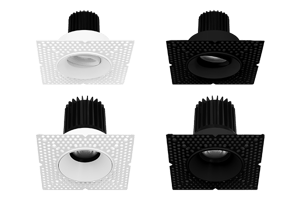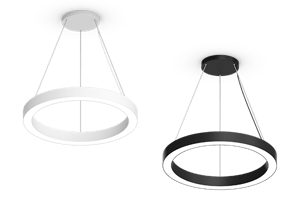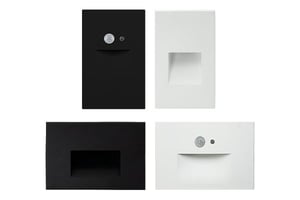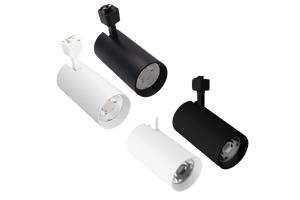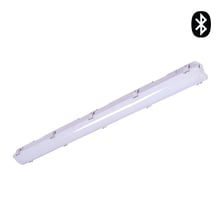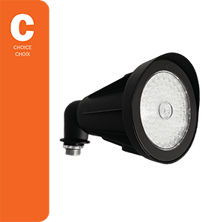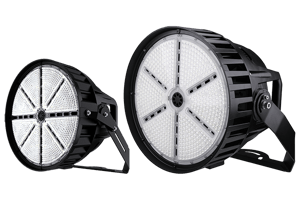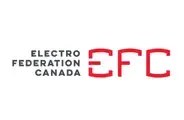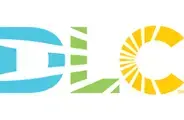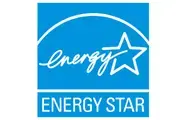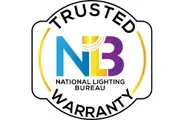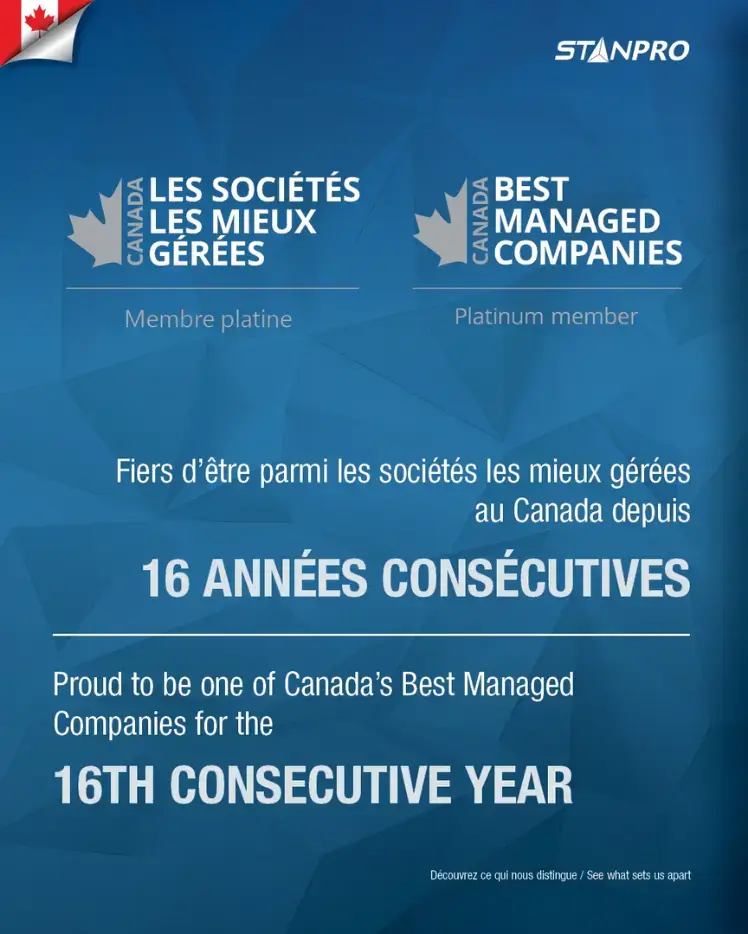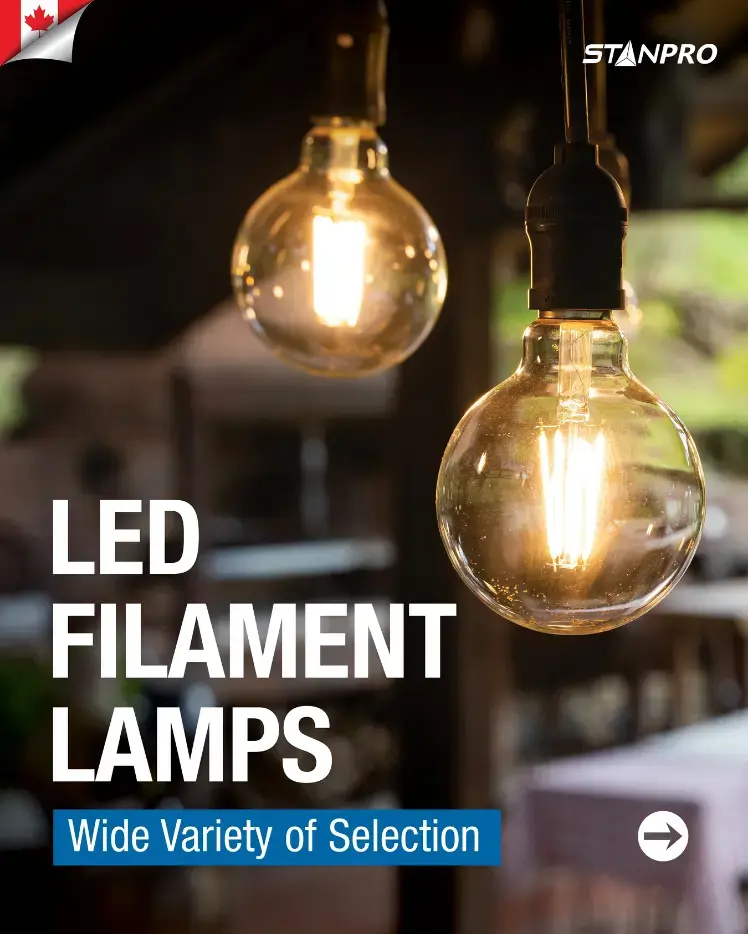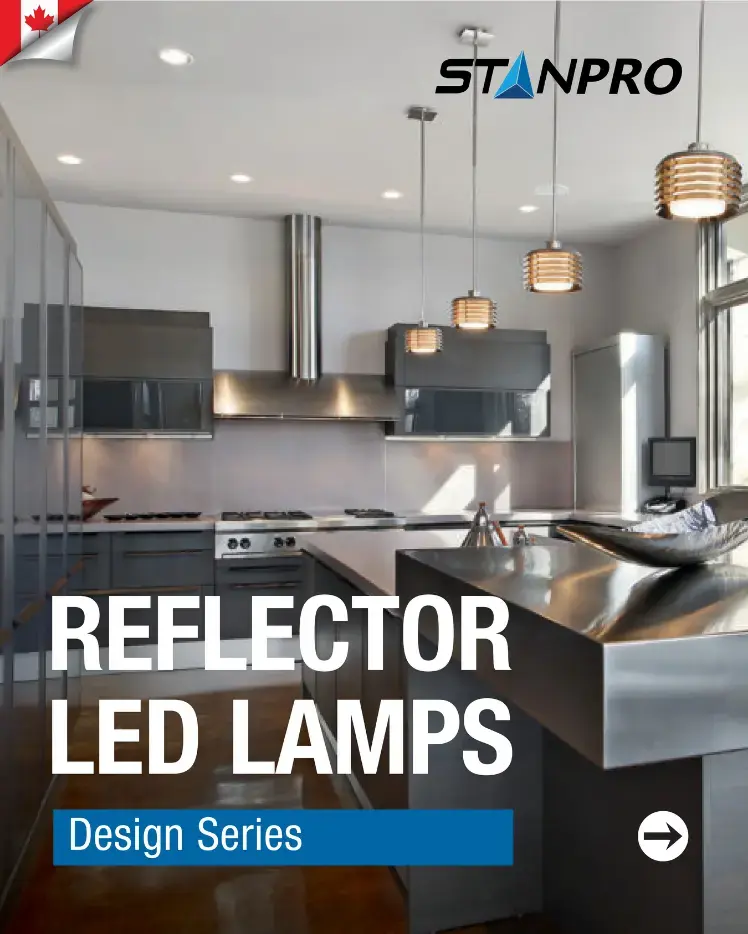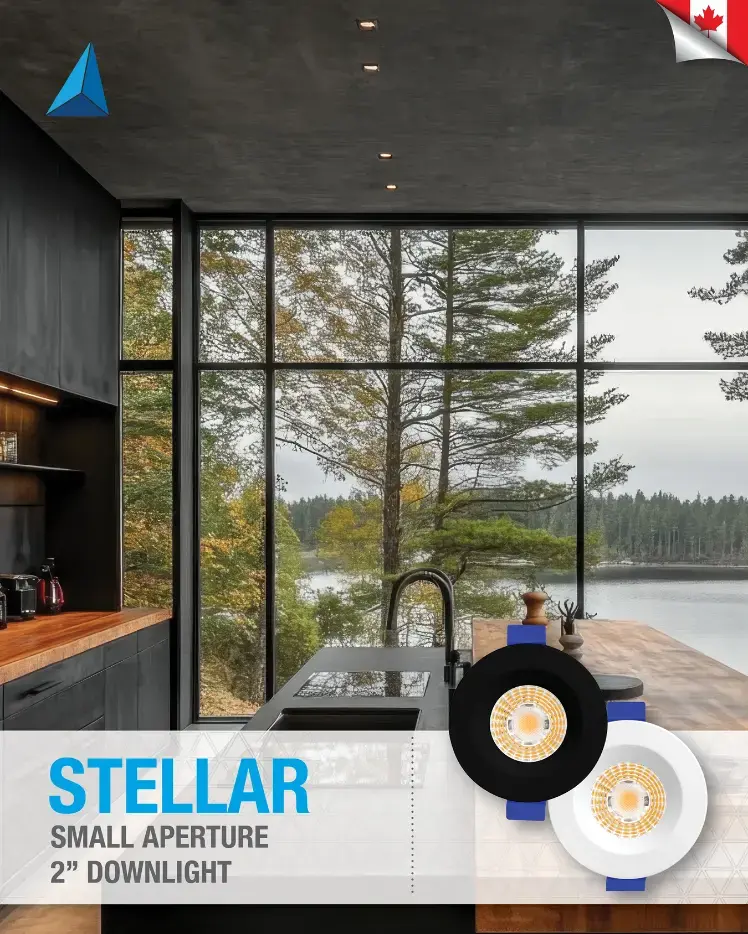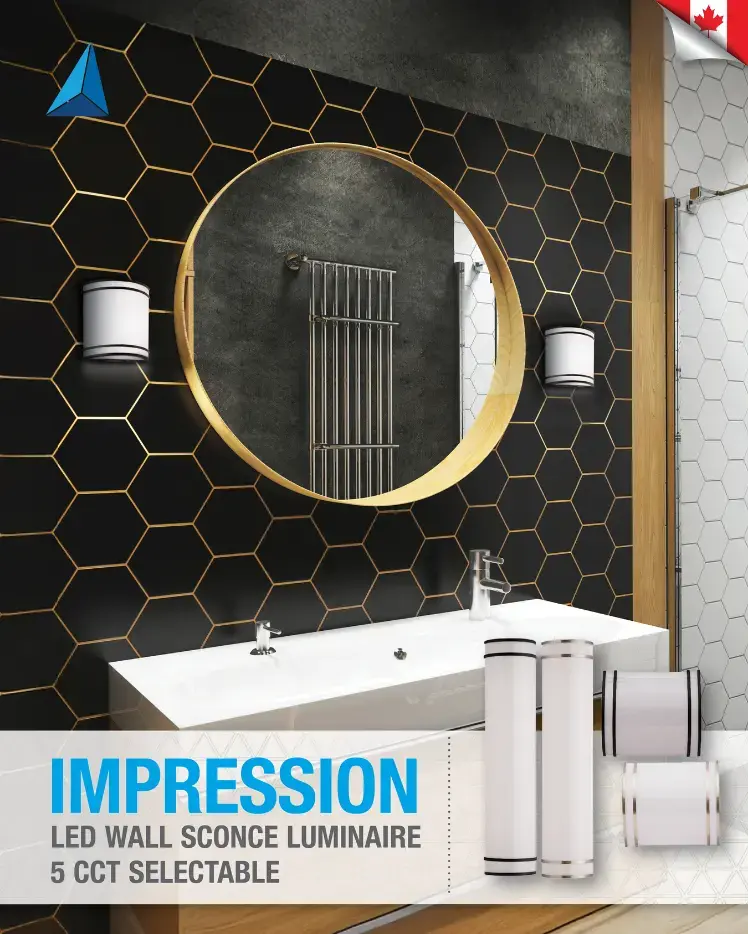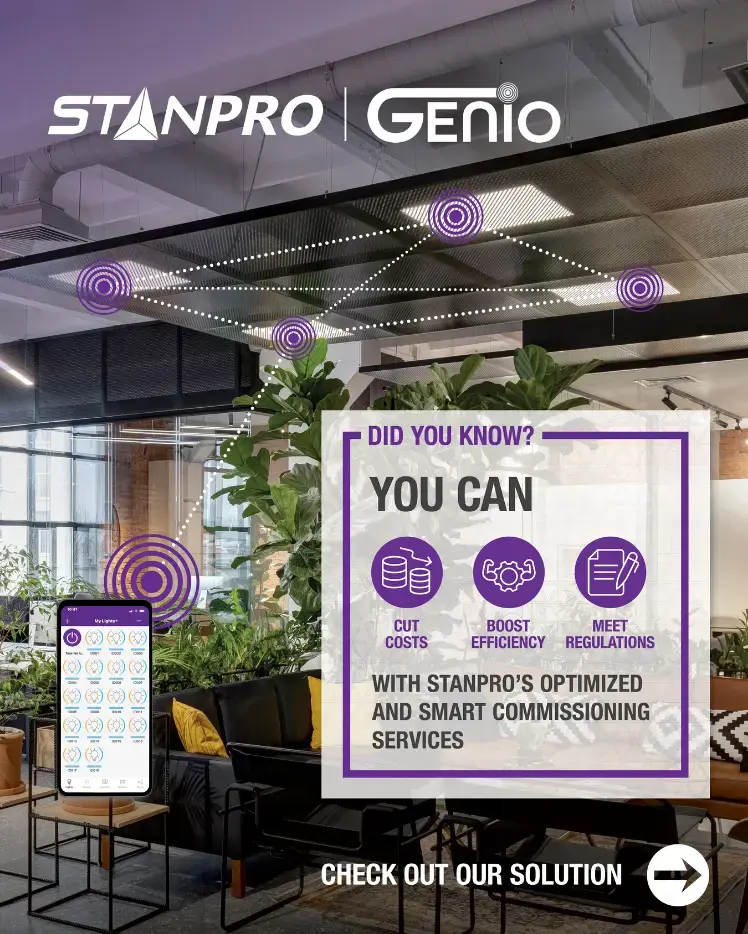Guide 101 to programmable lighting
In our contemporary world, there are several spaces that require lighting 24 hours a day, 7 days a week for safety reasons. Be it warehouses, parking lots, storage facilities or residential complexes, all these areas necessitate continuous lighting, which demands a tremendous energy output and corresponding high costs. What options are available? Tri-level programmable lighting equipped with integrated motion sensors is an interesting solution; it addresses the problem insofar as the fixtures are simpler and less costly than lighting automation control systems.Programmable lighting consists of programmable tri-level fixtures with an integrated motion sensor. This type of solution is specifically designed to prevent dissipation of energy in spaces and applications where continuous lighting is the rule. Moreover, programmable lighting is recommended by Hydro-Québec as a tip to adopt good consumption habits. This form of lighting allows the user to maximize energy costs, yet maintain sufficient lighting in those spaces that need it on a 24-7 basis. This means that brightness is kept at low intensity, but can be increased to its fullest when the sensor detects movement in the area. The fixture is thus used at full strength only when necessary. Another benefit of installing programmable fixtures is the cost saving that results from the improved energy consumption of the lighting system. Such a cost-saving measure can be achieved using a fixture that functions at maximum capacity not only when it registers movement, but also when it detects natural light. Thus, as natural light intensifies throughout the day, the fixture’s lighting level will decline.Stanpro now offers two types of programmable lighting for quick shipping as well as several customized options in its product lines that include vapor-tight products, high bay fixtures and LED strip fixtures.The Stanpro tri-level LED ceiling luminaire is a favorite among property managers looking to reduce energy consumption in their buildings! It is also perfectly suited for offices, hallways, washrooms, etc. Controlling the level of lighting is achieved by way of switches located on the fixture itself; the user can thus control the: Detection area Holding time Light sensing Reserve period These tri-level sensors can be programmed directly on-site so as to adjust the fixture according to the specific lighting requirements of your space.In addition, Stanpro offers a tri-level LED strip fixture, the L2TLV equipped with a tri-level (high frequency) microwave-integrated motion sensor that is ideal for a wide range of spaces 24-7. It can be installed in a warehouse, your office spaces, or a factory, in parking lots, or even hotels: this programmable lighting system is a guaranteed energy saver! Moreover, the L2TLV can be installed in series. Essentially, this means that you might use this programmable fixture and connect it to another non-programmable LED strip fixture, the L2STN, while reaping the rewards from a motion sensor. It is also fitted with an additional control function, compared to the tri-level ceiling luminaire, in that it allows the user to regulate the standby dimming level.Stanpro is a Canadian manufacturer with a production capacity that allows it to customize your orders to your exact lighting requirements. The motion sensor technology can be optionally installed on the following products: Customizable vapor tight fixtures: VT2-L VT4-L VN8-L VTE4-L Customizable high bay fixtures: L1FB FN-L L1RTH Customizable LED strip fixtures: L2STN For more information, check out our occupancy sensors selection guide.Finally, programmable lighting is an enlightened choice for those spaces that demand constant lighting 24 hours a day, 7 days a week. The programming capabilities of this type of system, based on a wide range of parameters, will ensure greater energy savings at a cost that is far lower than that of lighting automation control systems. This solution is all the more relevant in this day and age when we consider that the Covid pandemic has significantly reduced the use of public and office spaces.



